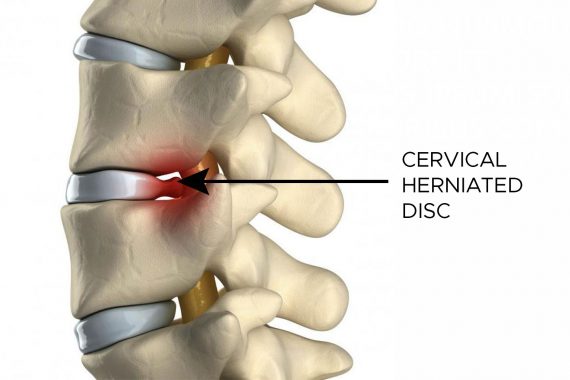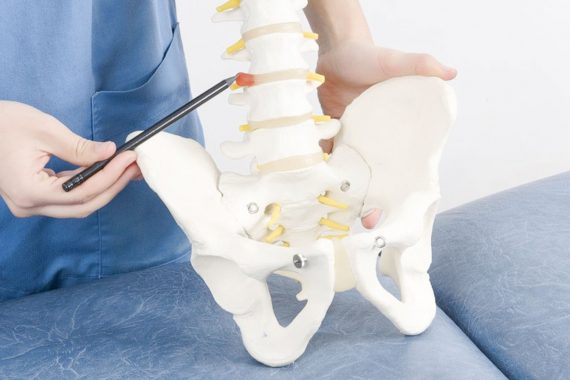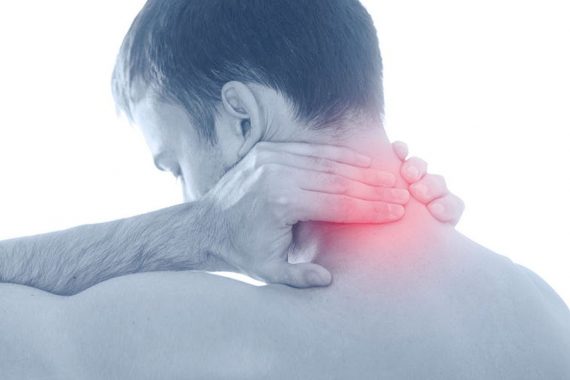Cervical Disc Hernia

What is Cervical Disc Hernia?
Cervical Disc Hernia can cause that the disc’s cushioning task to be lost due to trauma, stress, accidents or aging and also that the disc center to lose its fluid content. As the disc continues to deteriorate, the outer layer can also be torn, and the center of the disc comes out from a tear in the outer layer and overflows into the space where the nerves and spinal cord are located thus causing cervical disc hernia. Our neck consists of 7 vertebrae and there are discs between our vertebrae that allow us to move.
The disc, which is the most important structure connecting one vertebra to another, is made of strong connective tissue and acts as a cushion or shock absorber between the vertebrae. The disc and facet joints allow the vertebra to move, allowing you to bend or turn your neck and back. The disc consists of a durable outer layer called “annulus fibrosus” and a jelly-like center called “nucleus pulposus”.

Symptoms of Cervical Disc Hernia
The most important symptom of cervical hernia is pain that starts from one side of the neck and spreads to the arm. This pain causes numbness and extends towards the fingertips. The arm where the pain occurs weakens and loses strength. It can cause loss of balance and so called “falling down”. In such cases, patients with cervical disc hernia have difficulty holding an object in their hands and have difficulty in walking. Pain can sometimes radiate to the shoulder blades and upper chest. The most basic cervical disc hernia symptoms are as below:
- Pain and numbness in one arm
- Dizziness, flies in the eyes, tinnitus accompanying this pain and numbness
- Lack of concentration and nausea
- Instability in walking
- Loss of muscle strength

How to cure Cervical Disc Hernia?
A large proportion of cervical disc hernia patients can be treated without the need for surgical intervention. In some mild cases, the complaints can be improved by resting, organizing daily life activities and educating the patient about the correct use of the neck. These patients should be directed to a regular exercise program and followed up.
Painkillers and muscle relaxants are frequently used for cervical disc hernia treatment. Also, drugs containing corticosteroids can be used under the supervision of a doctor if needed. In some cases, it may be necessary to use a neck collar temporarily. Physical therapy methods are used in patients with cervical disc hernia who fail to achieve results with these treatments and measures or who present with severe nerve pressure.
For this purpose, hot applications, ultrasound, laser, pain relief and muscle strengthening current treatments, massage, mobilization , manual therapy, Hil-therapy (high intensity laser therapy), dry needling, taping, traction (classical and vertical traction-vertetrac) are the most commonly used treatment methods. Acupuncture, neural therapy, cupping therapy and ozone therapy can also be used in the treatment of cervical disc hernia as complementary and supportive treatment methods .
